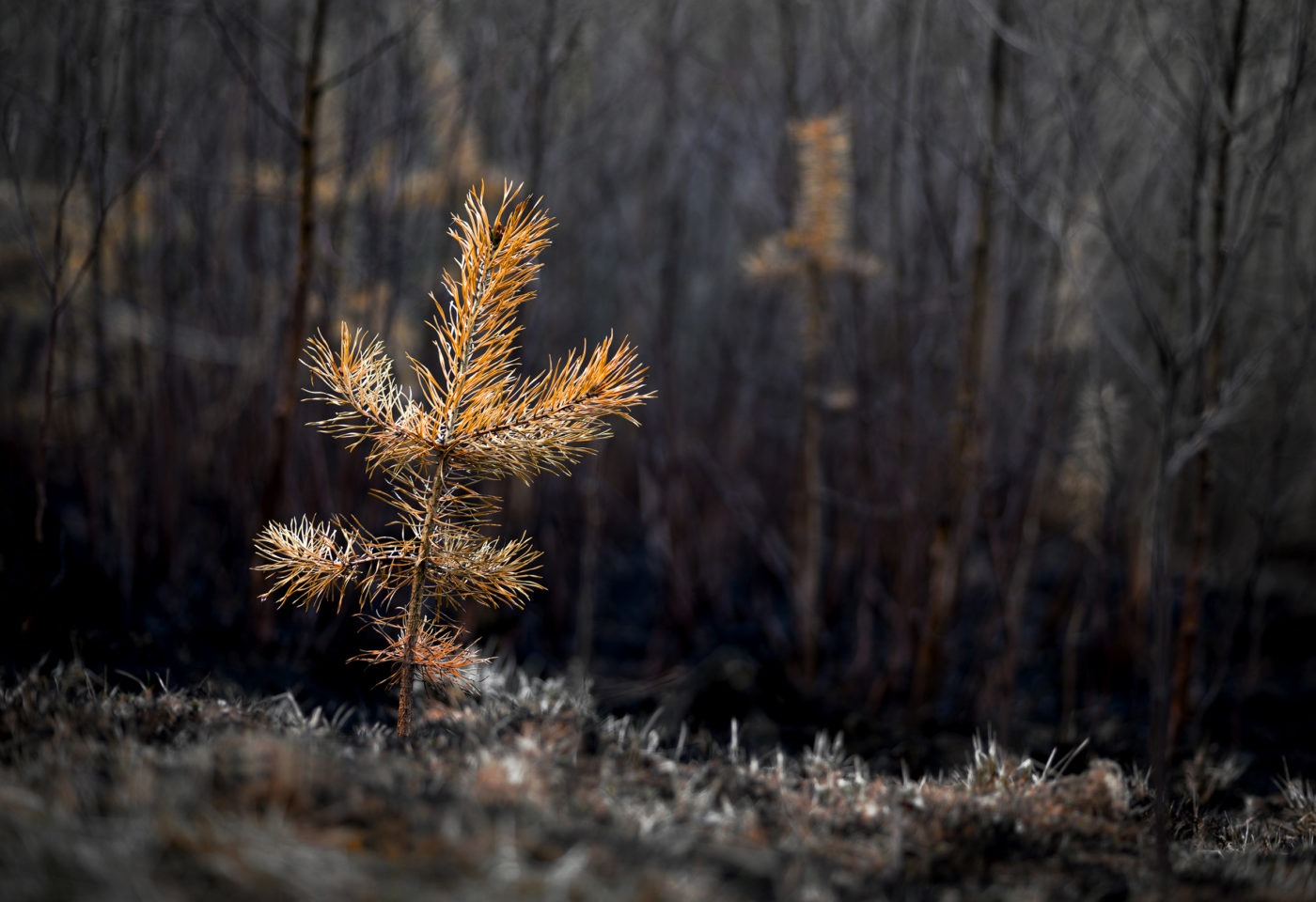Weeks after the massive wildfire known as “The Beast” forced more than 85,000 residents from their homes, a majority of Fort McMurray neighbourhoods have been cleared for re-entry.
Thousands of evacuees have returned to retrieve undamaged items and come in to terms with their loss. But many have chosen not to return yet since roughly 2,400 buildings in the city have been damaged or destroyed.
A good portion of the city remains a ghost town.
Although it is uncertain when the majority of residents will return or how long the full recovery process will take, one thing is certain: For many, Fort McMurray is home.
Fort McMurray, infamously disparaged by nicknames such as Fort McMoney and Fort McCrack, has withstood years of negative coverage by local and international media. Yet, while issues such as drug abuse and homelessness remain, Fort McMurray is not an oil town dominated by transient single men looking to make quick cash. In fact, Fort McMurray has transitioned into a family town. The 2015 census conducted by the municipality shows that the 0-14 age cohort and the 65+ age cohort have both increased noticeably as a share of the total population since the 2012 census. The gender distribution has become more balanced at 55.5 per cent males and 44.5 per cent females, compared to 57 per cent males and 43 per cent females from the 2010 census.
Overall, the population in Fort McMurray has grown every year during the period from 2000 to 2015, increasing from 51,406 in 2000 to 125,032 in 2015. These changing demographics indicate that Fort McMurray is becoming a more balanced and sustainable community.
Then, the fires struck, tearing apart entire neighbourhoods. And now the community must rebuild.
While $300 million has been committed by the federal government for immediate relief efforts, it is also imperative to also rethink Fort McMurray’s rebuilding process from an urban planning perspective. With its population projected to surpass 200,000 by 2030, how can Fort McMurray find a way to use the necessity forced on it by the fire to rebuild to become a sustainable city?
At first glance, it would seem the easiest solution would be to spread out and continue to build low-density neighbourhoods. That, however, would echo the mistake that cities such as Edmonton and Calgary are now trying to fix. In addition, the sprawl would be even worse – if not untenable – if cloned in Fort McMurray, which is surrounded by muskeg, oil sands operations and Crown land.
Affordable housing will also be an important issue. The average price of single family homes in Fort McMurray in March 2016 was more than $650,000 and will increase as oil prices rebound. So how can Fort McMurray ensure that it does not become another housing market “ripe for a correction”?
While there are no obvious examples of sustainable oil town that Fort McMurray can directly emulate, Houston comes to mind as a major oil hub that reinvented itself through an oil downturn.
After the 1980s oil downturn, Houston began to diversify its economy by building the Texas Medical Center and expanding into new technology businesses such as green energy. In addition, urban planners and housing developers added density in inner-city neighbourhoods, which made Houston more affordable for middleclass families.
Fort McMurray can learn from the Houston example. Because new land supply has been limited, Fort McMurray should promote high-density development in existing residential neighbourhoods, especially the downtown area where local businesses are located.
Expanding affordable housing should be another priority. By working with land developers, home builders and other stakeholders, Fort McMurray can increase the proportion of affordable housing units and support land use policies that promote affordable housing. Having an adequate supply of affordable housing can increase the retention of lower-wage workers and make it more likely they will make long-term investments in the city.
It is important to recognize that these are not new ideas. In 2011, the Regional Municipality of Wood Buffalo released a 170-page Municipal Development Plan that outlined the pathway to become “a global model for sustainable living in the north.” It proposed a series of goals, such as responsible development, environmental stewardship and vibrant culture, while recognizing that the oil sands industry will remain a dominant employer.
The reconstruction Fort McMurray has opened up an opportunity for the city to address its shortcomings and rebuild with a sustainable community in mind. But if Fort McMurray’s recovery plan does not reinvent itself as a sustainable city, it may find itself no longer a hometown, and becoming ghost town, in a post-peak oil world.
– Luise Yang is a research intern at the Canada West Foundation
